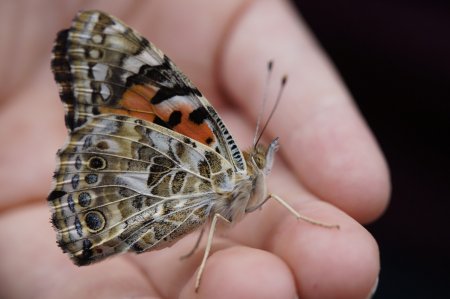Birds and butterflies
You know where to look at so many different birds, including chickadees, finches, buntings, thrushes, woodpeckers, ravens, jays, quails, partridges, too many to mention. You can hear here the mule.
and numerous songbirds breed in and around the old farmhouse. In the stables every year swallow families expand the family Because the camp is on the edge environmentally, is rich in flowers leaving many butterflies live in the garden.
Especially in spring the birds are good and download in early spring you can see them very well (trees put out until early May weather journal). You look your eyes out at so many different birds, including tits, finches, woodpeckers, Ravens, buntings, thrushes, Jays, quail, partridges, too many to mention. You hear here even the Golden oriole.
Picture
Do you have a nice pictere of a bird and do you want to publice it here... send us your picture.
The garden warbler
The garden warbler is a striking bird who likes to keep hiding in the dense undergrowth.
The forest owl
At night you hear many sounds - but the call of the wood owl can be heard above everything. Ans have you ever seen the great horned owl (Bubo virginianus), also known as the tiger owl.. The owls plumage is so beautiful. And... ever heard the typical sound of a night jar ?
Go bird watching
With birdwatching, you can enhance your connection with nature and appreciate a little more some of the diversity around you.
Bird watching is an activity you should try. It is an fascinating and liberating experience. You can take a walk and observe the day-to-day life of birds.
Many birds live here ; birds of prey, such as (of course) the common buzzard, but also the short-toed eagle.
Further on, the hen harrier Lacanal spotted: sparrowhawk, the Hawk, the Kestrel, the hobby and the black kite. Elsewhere in the park the Haut-Languedoc even come for griffon vultures.
Robin
A mecca for nightingales, woodpeckers, golden oriole, hops, honey buzzard, etc .. Enjoy the outdoor à la campagne the French countryside. Another way of relaxing!
Icarus blue
To mention just a few butterfly species you can see here for example in late July: carcharodus alceae, swallowtail, oak page, brown copper butterfly, common blue, argus butterfly, heath, imperial mantle, large and small fox, the high brown fritillary, meadow brown, admiral peacock butterfly and comma butterfly.
Butterflies in the Tarn

Butterflies in all colours and sizes. The thistle butterfly striking butterfly is known as migratory butterfly. Also for viewing butterflies Lacanal is a good place.
The flowery grassland is a good area for butterfly species such as; scarce swallowtail, pale clouded yellow, glanville, heath, spotted and meadow fritillaries, provençal short-tailed blue and adonis.
The imperial mantle (Argynnis paphia)

The imperial mantle lives in forests with lots of violets and often fly along with the adippebutterfly The adippe butterfly is found along forest edges and clearings in the forest, where nectar plants are present.
Colourful caterpillar of the swallowtail
 The swallowtail is the biggest among our native butterflies and for many the most beautiful butterfly!
The swallowtail is the biggest among our native butterflies and for many the most beautiful butterfly!
Are you afraid of insects
 Micropolis The city of insects is a leisure park in Aveyron, near the viaduct of Millau.
Micropolis The city of insects is a leisure park in Aveyron, near the viaduct of Millau.
A very funny and educational (open air) museum for the whole family, here you can discover the insects and their environment.

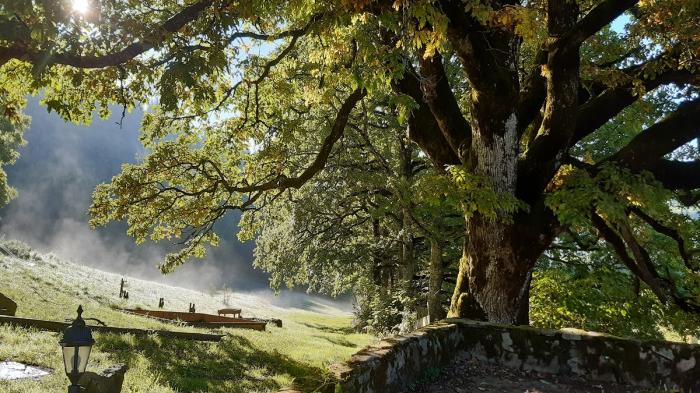


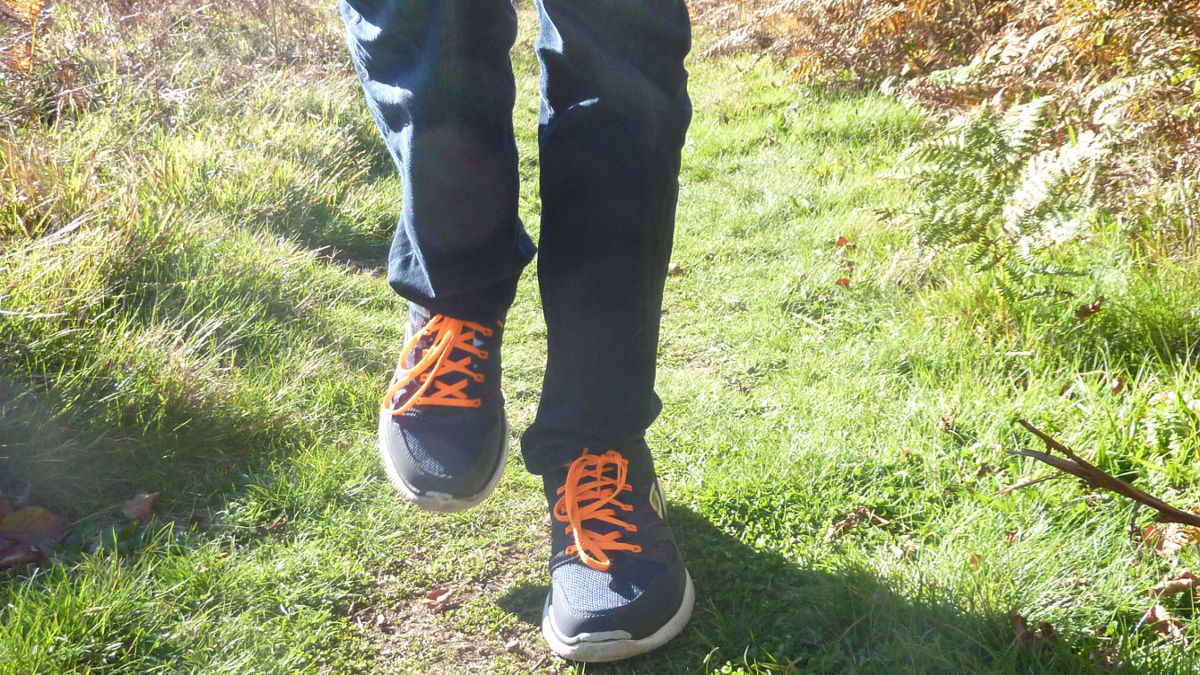

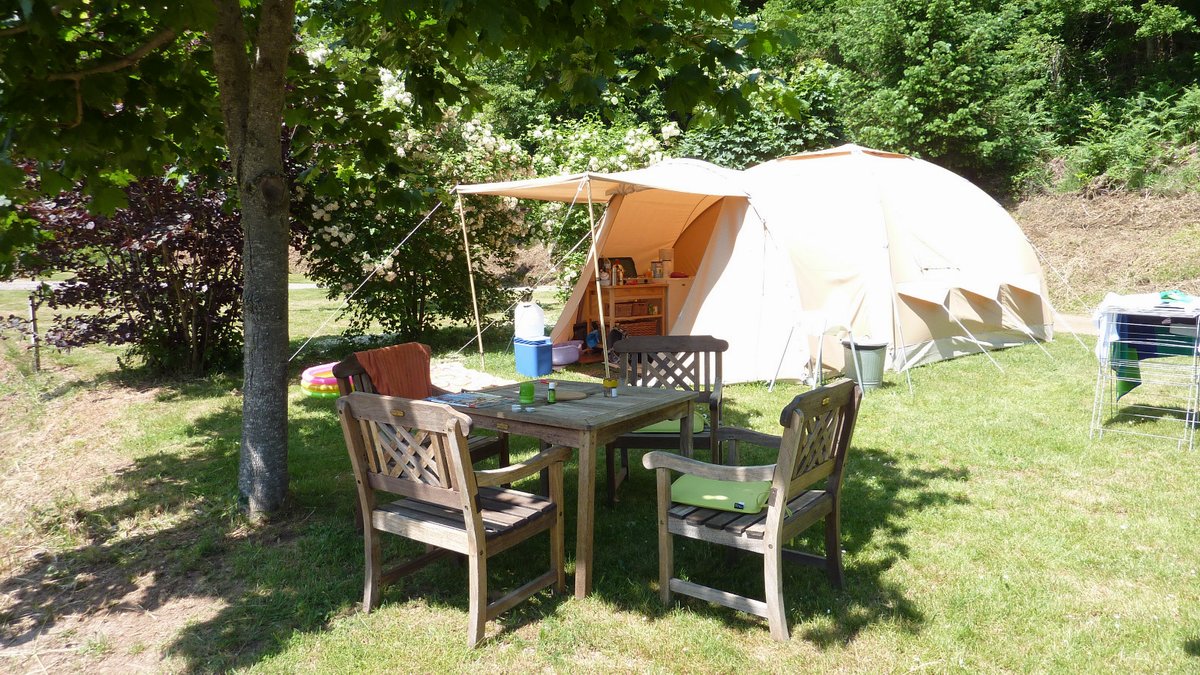
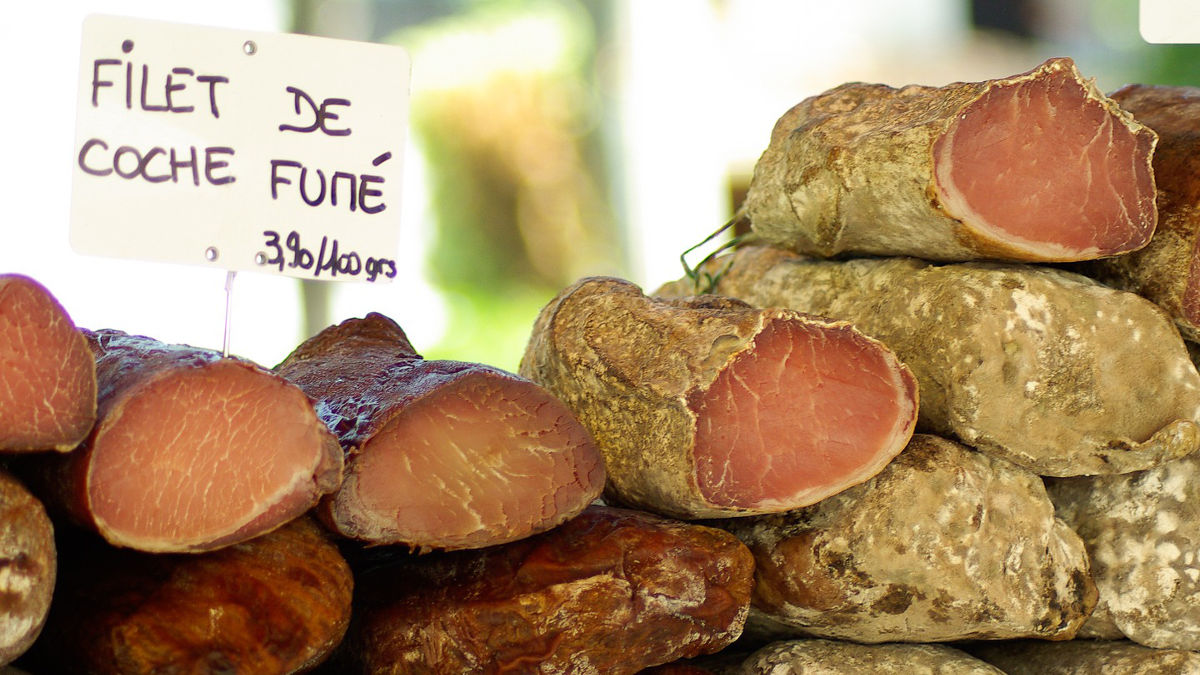




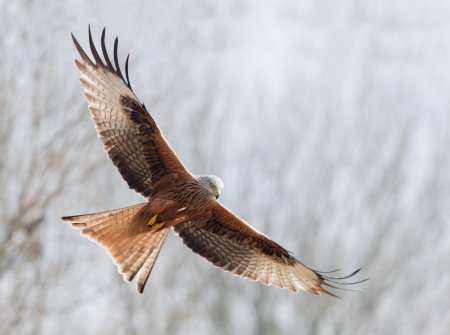






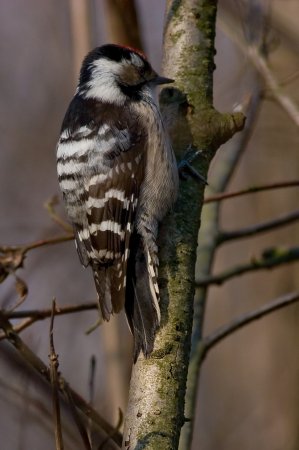

.jpeg)
